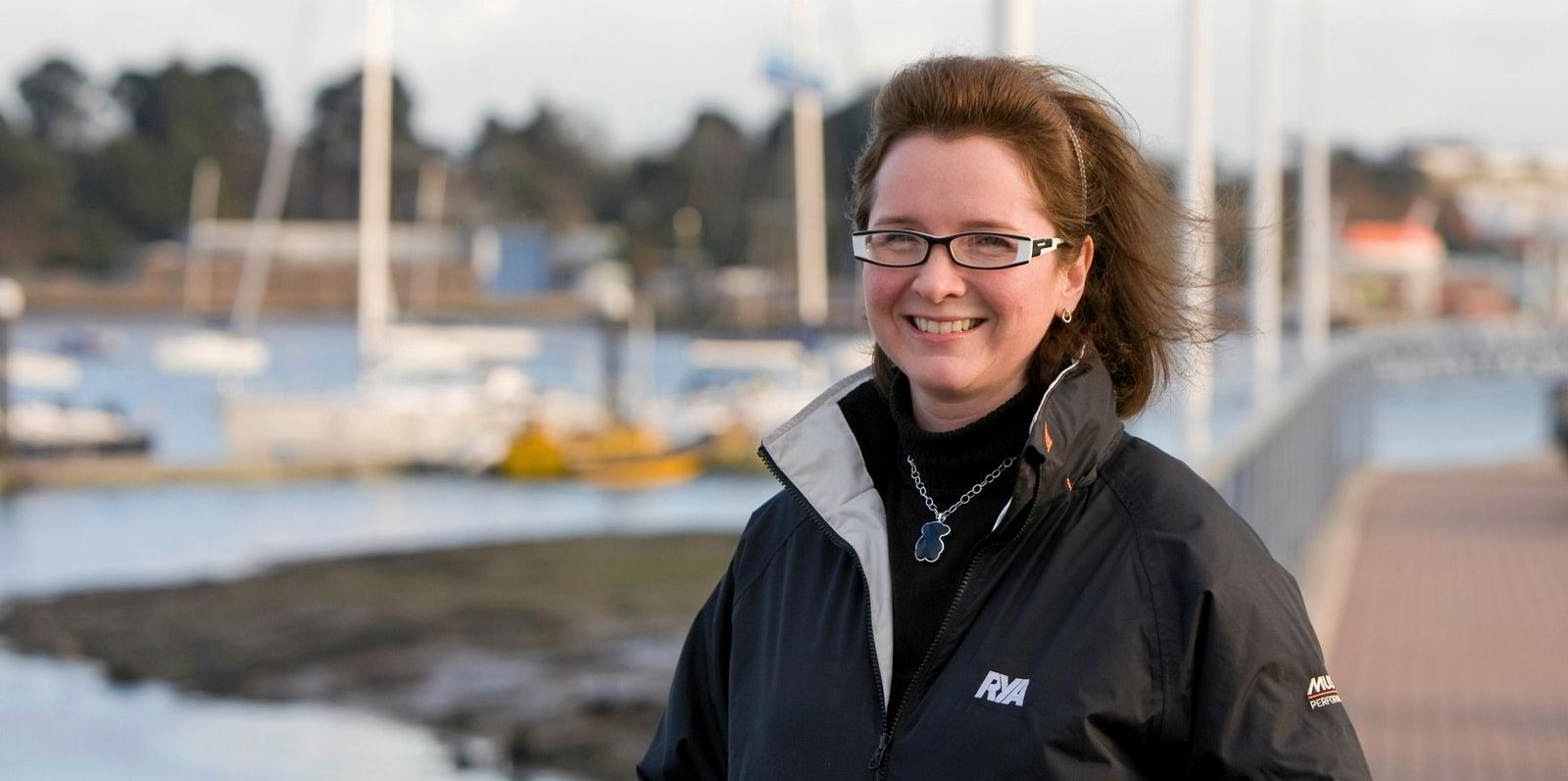If the International Maritime Organization had trillions of dollars to spend on shipping’s decarbonisation, what should it do with it?
That is a question member states may have to tackle if the United Nations body adopts either a carbon levy or a cap-and-trade scheme — two proposals on the table to deliver the market-based measures aimed at pushing shipping towards its carbon-cutting targets.
The World Bank, which pointed to estimates that between $1trn and $3.7trn could be raised by revenue-generating measures by 2050, explored seven different uses for carbon revenue and determined that the cash should be spent on projects that go beyond emissions within the shipping sector.
Not all measures under consideration by the IMO would raise revenue, but World Bank economist Dominik Englert said market-based measures that do bring in money could also help it achieve the equitable transition that many member states are calling for.
The World Bank determined that a “meaningful share” of the cash should be spent on shipping’s decarbonisation, as well as enhancing maritime infrastructure.
But the bank found that the case for spending all the cash on cutting carbon within the shipping industry is “rather weak”.
The potential revenue is greater than the estimated cost of slashing shipping’s emissions in line with IMO targets, and there are more cost-effective ways to spend the revenue.
“Financing broader climate and development goals has the potential to yield climate and development benefits more cost-effectively than a narrow revenue use that focuses on shipping-related activities only because it is unlikely that all the cheapest mitigation or development opportunities available are related to the international maritime transport sector,” the World Bank said in a report.
In some cases, investing outside of shipping can create what Englert described as win-win situations that, while not directly related to shipping, have benefits for the industry’s decarbonisation path.
“If you spend it outside of the sector, for example, on renewable electricity production, which at first sight is not related to the shipping sector: the more renewable electricity generation and production capacity you have in countries around the world, the easier it is going to be for the shipping sector to get these new, zero-carbon bunker fuels ... that will require renewable electricity as an input,” Englert said.

He added that it is more equitable to apply a carbon price to all countries equally while distributing the revenue strategically, with nations facing the greatest difficulty in participating in shipping’s decarbonisation getting a larger share of the proceeds.
Achieving equity in other ways, for example by exempting some countries from a carbon price, could have unintended consequences.
“This is going to create perverse incentives,” he told TradeWinds.
“Unfortunately, this is going to lead to a situation where shipping companies have an incentive to deploy the least energy-efficient vessels — often also the oldest vessels, often also the least safe vessels — on those routes in those countries where they don’t have to pay the carbon price.”






